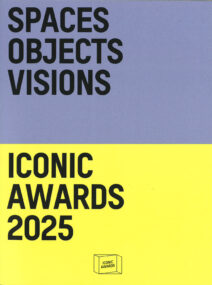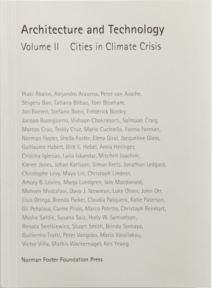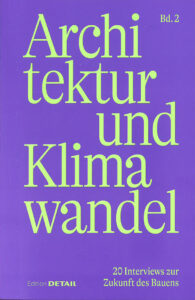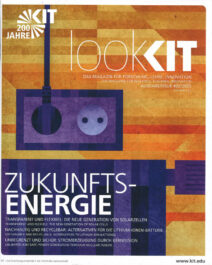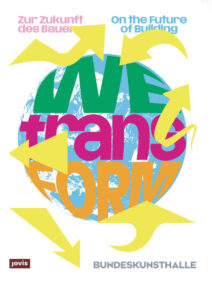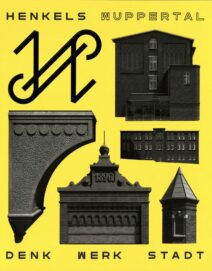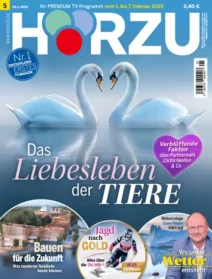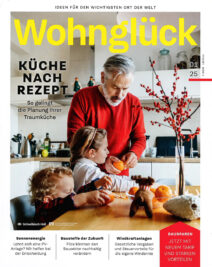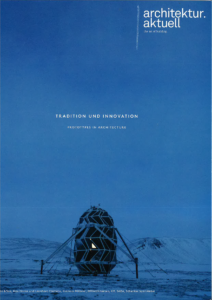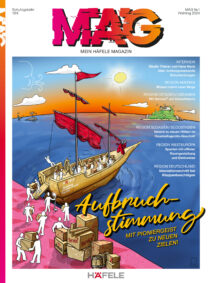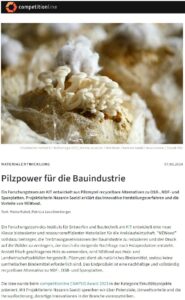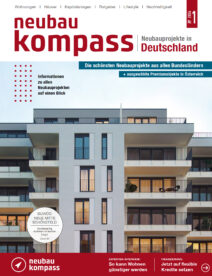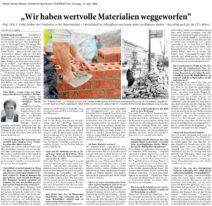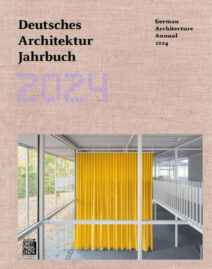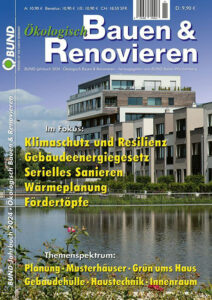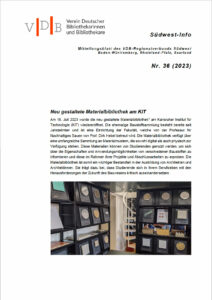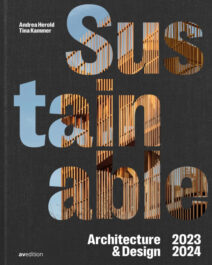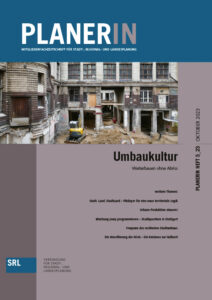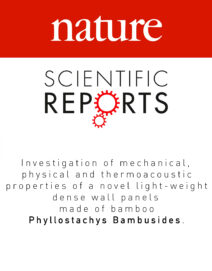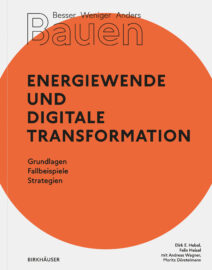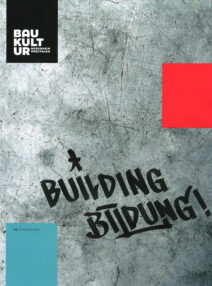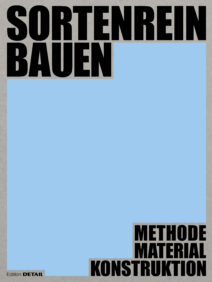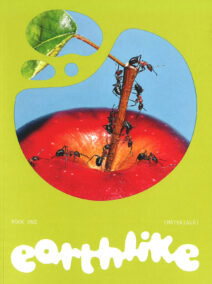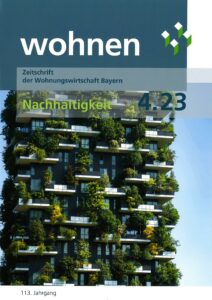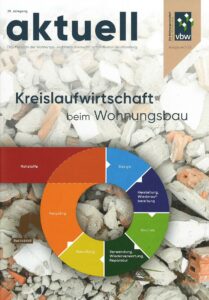Addis 2050 – Mobility
Mobility Today
Mobility 2050 – An Alternative
Tomorrow, in 2050, Addis Ababa is the first African city that reached its goal of establishing a ‘Zero Emission’ society.
Through a collective effort in the past 40 years, Ethiopia achieved something remarkable – the decoupling of economic growth and mobility from burning fossil energy carriers. As a result, the capital Addis Ababa, this year received the title of “most livable city in Africa” for the second time in a row. This is mainly due to reasons connected with the management of emissions, social space initiatives, public transport concepts, education possibilities, ecological driven industries and safety concepts in the city combined with a long term strategy of economic growth through ecological strategies put in place by the city government.
It all started in 2015, when rural farmers received an Energy Harvesting Kit, consisting out of a solar panel and a battery. Gradually, Ethiopia developed a new approach towards energy generation, based on individuals and small-scale grids. Already just after a few years, electrical energy in rural and urban Ethiopia was available for everybody. Consequently, the country experienced a paradigm shift on how to produce and use energy.
While such developments rapidly urbanized the countryside, it took a few years to affect the cities. A key development might have been the opening of the first Electrical Mobility Manufacturing EMM near Addis Ababa in 2020. Individuals with an entrepreneurial understanding had been following the energy development in Ethiopia closely and understood the potential of the country. As energy costs started to drop because of the tremendous amount that was produced by energy farmers in the countryside, production costs also dropped tremendously. But even more important, this energy was available for everybody and therefore people started to drive vehicles that could be charged at home. No expensive petroleum, diesel or benzin was necessary any more. With this, a mobility revolution started in Ethiopia.
It was very fortunate that mayor Amanuel Takele realized a common fact: more car lanes also produce more car traffic. Reversing the trend, he used the already existing asphalt for a more diverse functional mix – pedestrian walk ways, bike lanes, public transport and individual traffic shared now what was originally planned just for fossil fuel driven cars. This was possible, because the electrical vehicles did nit harm anyone anymore through heat, noise and exhausts. The days of black exhaust clouds were over, people could start to breath again in public space.
Considering the mind-blowing shift in mobility, the public transport system needed a quick renewal. Hitchhiking on the already existing movement towards renewable energy driven vehicles, the Administration declared the ‘Green Public Transport Act’ in early 2026. Public bus lines, the extension of the already existing electrical tramway and the transformation of the taxi system were the most important steps on the agenda.
In 2042, Ethiopian Airlines – as the first airline in Africa and the third worldwide – changed his whole carrier fleet towards a hydrogen fuel system. Like that, Ethiopian Airlines uses a sustainable, environmentally friendly and most of all renewable energy source, harvested mostly by small energy farmers in the country-side.
Combined with the incredible fascinating developments in the housing sector, it also changed our understanding of building and living in a city. Cities are now seen as multiple dense clusters of local networks: Kebeles harvest energy, organize sewage systems or even build roads within a bigger plan. More important however is the social layer within our new Addis Ababa. The closeness and mixture of functions in a low-rise, dense, heterogeneous megapolis also decreased our need for mobility. Friends, family, work and shopping are usually within walking distance. The air we are breathing is not polluted by carbon or dioxin particles any more, noise is not disturbing our daily activities any longer, bicycling on the new dedicated lanes is fast and fun. And for longer distances, public transport is installed to be fast and reliable. Out of this, car ownership in recent years has been on a constant decline.
We changed our mobility and in return it changed our lifes.



